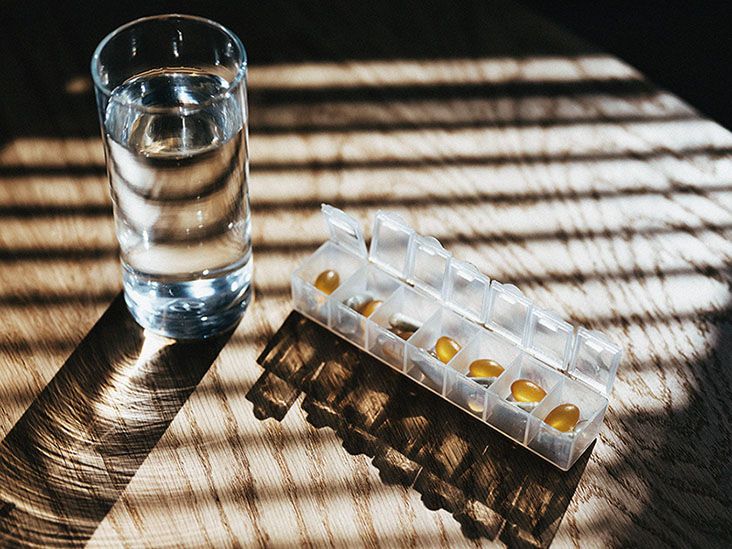Evaluating the Effects of Cinnamon on Gout Symptoms
Gout is a form of inflammatory arthritis caused by excess uric acid crystallizing in the joints. Periodic attacks can result in excruciating joint pain, especially in the big toe. With hundreds of existing anti-inflammatory treatments, is it necessary to analyze whether cinnamon is bad for gout patients?
What is Gout Exactly?
Gout develops when urate crystals accumulate in the joints, commonly around the big toe, knees, ankles, and elbows. This leads to swelling, inflammation, redness, and immense pain with the slightest touch or movement.
Causes include:
- Genetics hindering proper uric acid processing
- Diet high in purines which form uric acid
- Obesity
- Dehydration
- High blood pressure, diabetes, kidney disease
During gout flares, the goal is easing swelling and pain fast. Preventing future attacks involves lifestyle adjustments to address associated risk factors.
The Antioxidant and Anti-Inflammatory Benefits of Cinnamon
Cinnamon is a warming spice obtained from the inner bark of tropical evergreen trees. It contains antioxidants called polyphenols with potent anti-inflammatory properties. The most abundant antioxidant in cinnamon, MHCP or methylhydroxy chalcone polymer, inhibits nitric oxide production while suppressing inflammatory enzymatic activity.
Research confirms cinnamon extracts can decrease joint swelling and alleviate arthritis symptoms comparable to prescription non-steroidal anti-inflammatories.
So how could this seemingly beneficial spice possibly harm those with gout?
Potential Drawbacks of Cinnamon for Gout Sufferers
Despite cinnamon's inflammation-lowering capabilities, gout patients still require caution with incorporating it into their diet because of two principal drawbacks:
Blood Sugar Impacts
Cassia cinnamon, the most common supermarket variety, reduces insulin resistance helping lower blood sugar up to 29% in those with diabetes. However, drastically dropping glucose can precipitate gout flares.
Rapid glucose shifts cause kidneys to excrete more uric acid without adequate water to dissolve urate crystals. This concentrates uric acid in the joints triggering painful attacks.
Coumarin Content
Cassia cinnamon also contains a natural compound called coumarin responsible for cinnamons aroma and flavor. But high coumarin exposure over time potentially leads to liver toxicity and interference with certain medications.
European guidelines limit coumarin consumption to under 0.1 mg per pound of body weight daily. Exceeding this can exhaust the livers capacity to process coumarin safely.
Minimizing Risks of Cinnamon with Gout
Rather than definitively declaring cinnamon bad for gout, these downsides simply demonstrate the need for gout patients to be selective with cinnamon source and intake level.
Here are smart cinnamon consumption tips for those with gout:
- Opt for Ceylon instead of Cassia cinnamon when possible
- Use no more than 12 teaspoon daily
- Avoid taking cinnamon with diabetes or blood thinning medications
- Stay well hydrated to prevent urate crystal formation
Lifestyle Adjustments to Better Control Gout
While temporary use of cinnamon sticks, powder, or extracts can support gout pain relief during flares alongside ice, rest, analgesics and anti-inflammatory drugs, improving daily habits provides lasting change.
Flare Prevention Through Diet
Diet plays a huge part in gout management. Certain foods raise or lower blood levels of uric acid, impacting crystal deposition in joints.
High Purine Foods to Limit
- Red meat, organ meats
- Shellfish, fish like mackerel and sardines
- Fatty foods, sugary foods and drinks
- High fructose foods and corn syrup
- Yeast enriched baked goods
- Alcohol, especially beer
Urate-Safe Foods to Increase
- Fruits like strawberries, blueberries, pineapple, bananas
- Vegetables like kale, bell peppers, cabbage
- Whole grains like oats, brown rice, quinoa
- Legumes including beans, peas, lentils
- Fatty fish like salmon, tuna
- Dairy foods low in fat
- Eggs, nuts and nut butter
Targeting Comorbidities
Weight loss, exercise, smoking cessation, and tight blood sugar control all enable lowering risky uric acid levels. Discuss medications addressing associated kidney disease, high blood pressure or diabetes as well.
Staying Well Hydrated
Consuming sufficient water, herbal teas, mineral water with citrus or alkaline water prevents dehydration reducing urate crystal formation in joints for fewer gout attacks.
The Takeaway
Rather than completely restricting use, those with gout can still obtain cinnamons antioxidants and pain-relieving properties through careful selection, measured doses, increased water intake and pairing with a gout-friendly diet and lifestyle for optimum wellness.
FAQs
Is cinnamon good or bad for gout?
Cinnamon has anti-inflammatory benefits that can ease gout pain but may also negatively impact blood sugar levels or interact with medications. Used carefully, cinnamon can support a gout treatment plan rather than worsen symptoms.
What type of cinnamon is safest for gout?
Ceylon cinnamon contains very little coumarin, so it is safer for gout patients worried about liver health issues. Cassia cinnamon found in most supermarkets has higher coumarin content that can be harmful over time.
Can cinnamon lower uric acid levels?
No studies confirm cinnamon supplements lower uric acid. But adding cinnamon to a gout-friendly diet high in fruits, vegetables, whole grains and low-fat dairy may help improve uric acid levels through providing antioxidants.
Should you take cinnamon capsules for gout?
There is insufficient evidence that cinnamon capsules effectively treat gout. Check with your doctor before using herbal supplements. Cinnamon spice added to foods and drinks as part of a healthy gout diet is likely a safer choice.
Disclaimer: This article is for informational purposes only and does not constitute medical advice. Always consult with a healthcare professional before starting any new treatment regimen.
Related Coverage
Learn if supplements for rheumatoid arthritis can genuinely reduce pain and inflammation, with research insights and safety advice....
Unlock the power of alkaline spices and herbs like turmeric, ginger, cinnamon, and basil to balance pH, reduce inflammation, and support overall well-being....
Explore leflunomide side effects, from digestive upset to serious liver risks, and how to monitor and manage them safely....
Coping with retinol irritation like burning, redness, dryness? Learn how long symptoms last, when to worry, and get aftercare tips to heal skin post inflammation....
Pinky finger numbness often results from compressed nerves like cubital tunnel syndrome. Learn about causes ranging from ulnar entrapment to diabetes and remedies....
Iconic actress Kathleen Turner managed rheumatoid arthritis symptoms like joint pain and steroid-related weight gain. Learn about her health issues and how she overcame RA....
ACPA rheumatoid arthritis testing helps detect RA years before symptoms. Get informed about ACPA antibodies and what they mean for your health....
Relief Factor's natural anti-inflammatory ingredients can enhance sleep quality disrupted by rheumatoid arthritis. Learn how lowering inflammation may reduce pain and stiffness....
Visits to a rheumatologist typically cost $250-$500 without medical insurance. Learn about the expenses for medications, treatments, and ways uninsured patients can get financial assistance....
Different ivy species have varying degrees of cold hardiness. With proper care like mulching and pruning, many ivies can withstand freezing winter temperatures....









